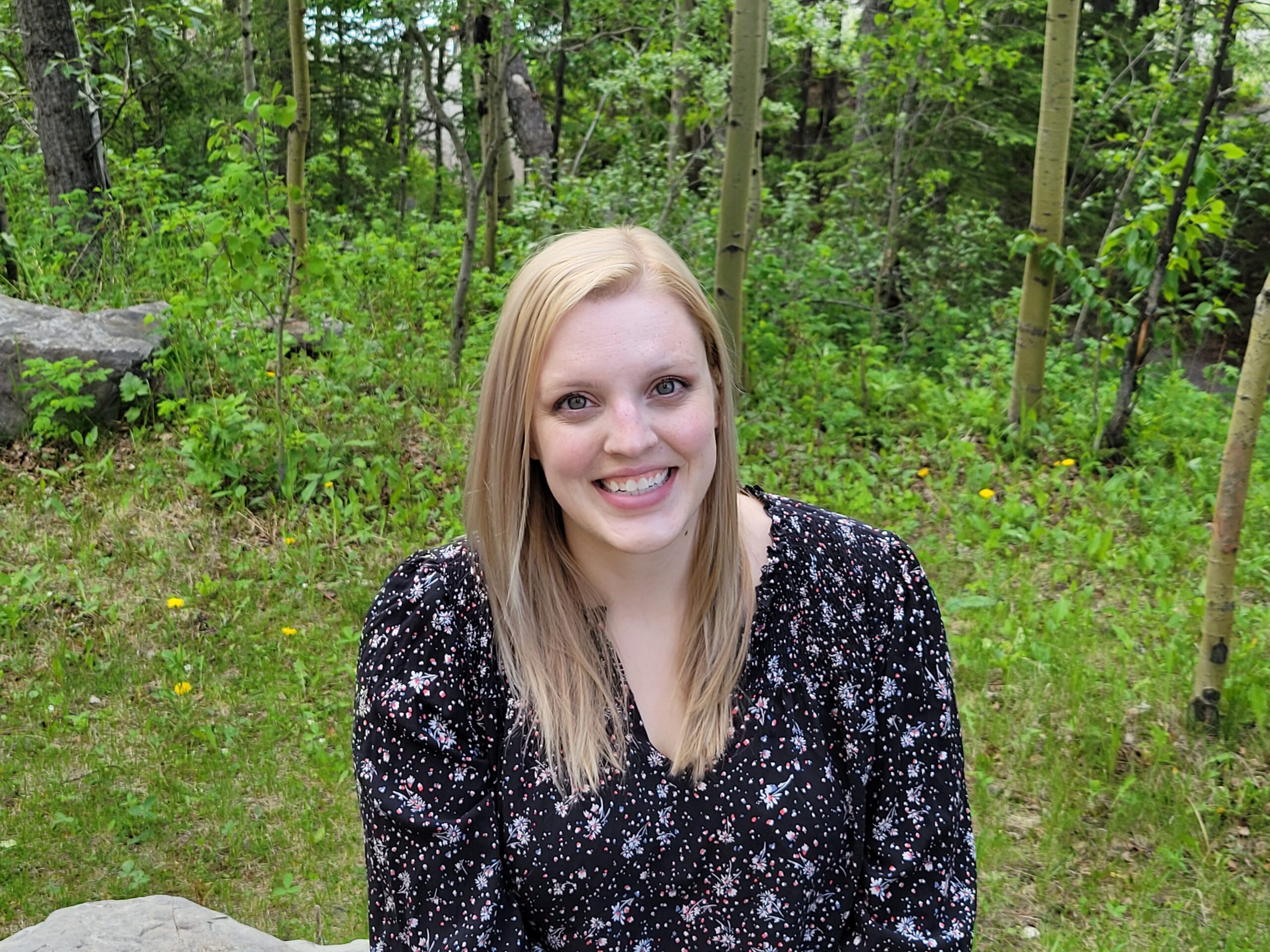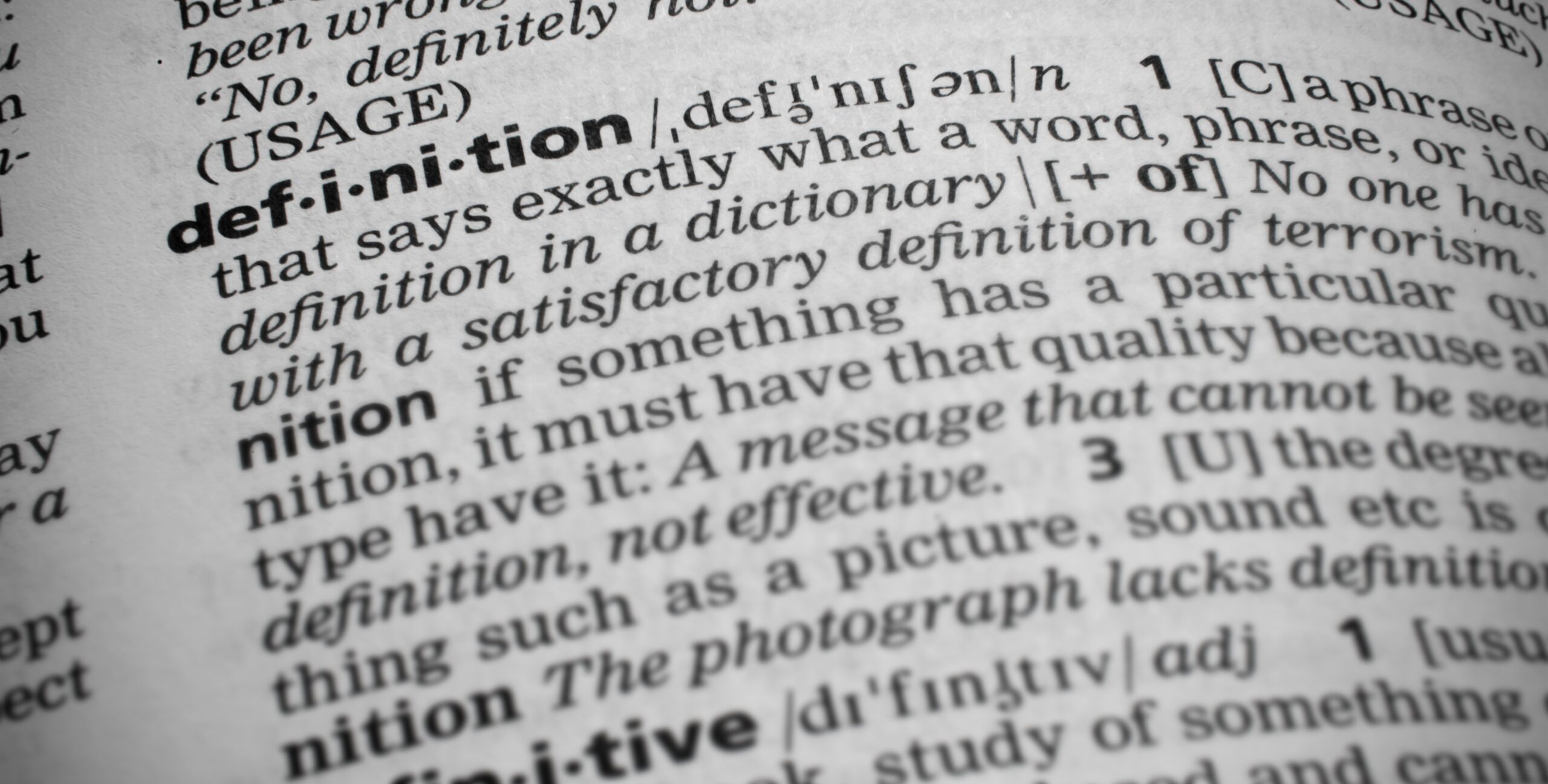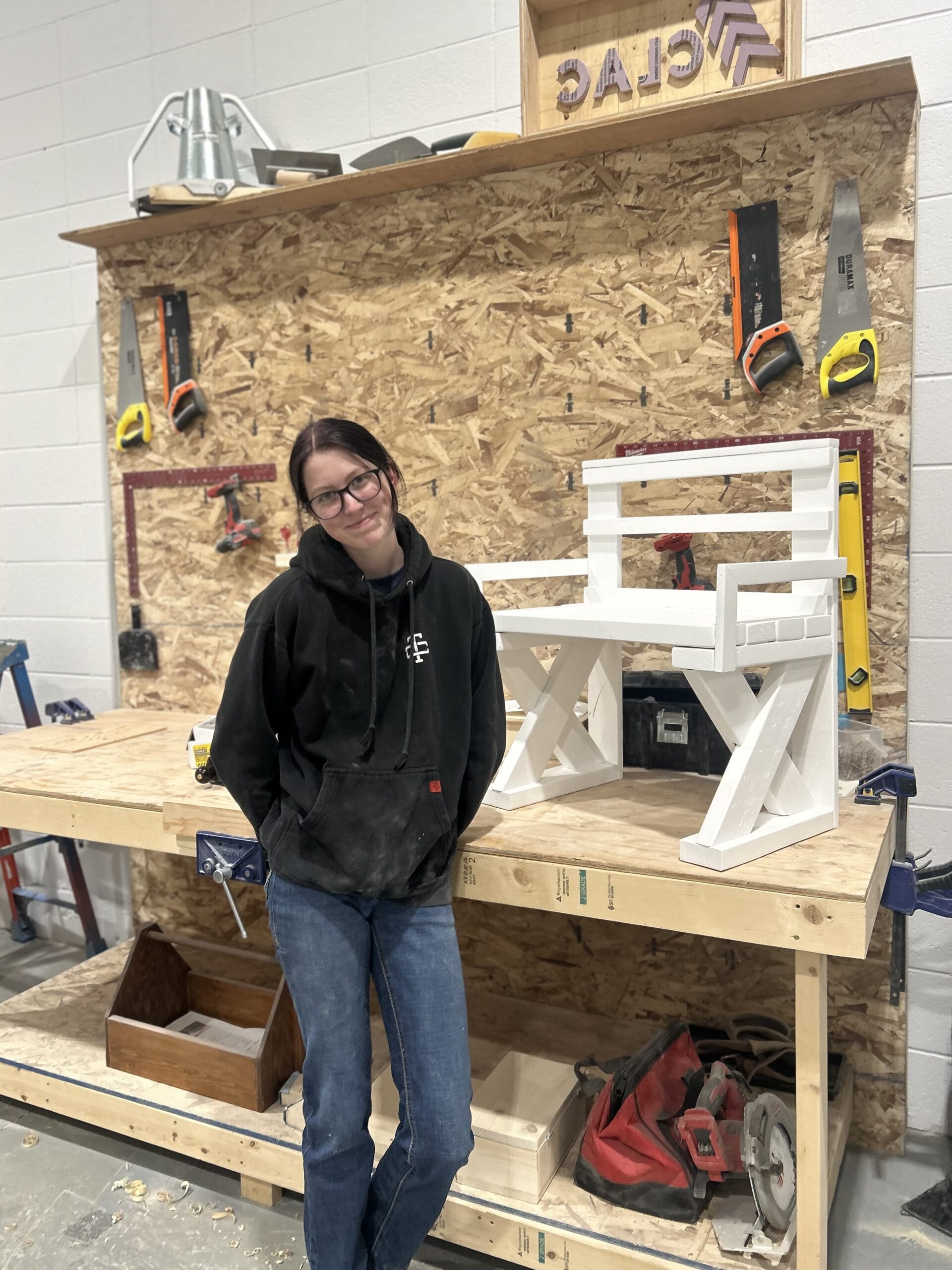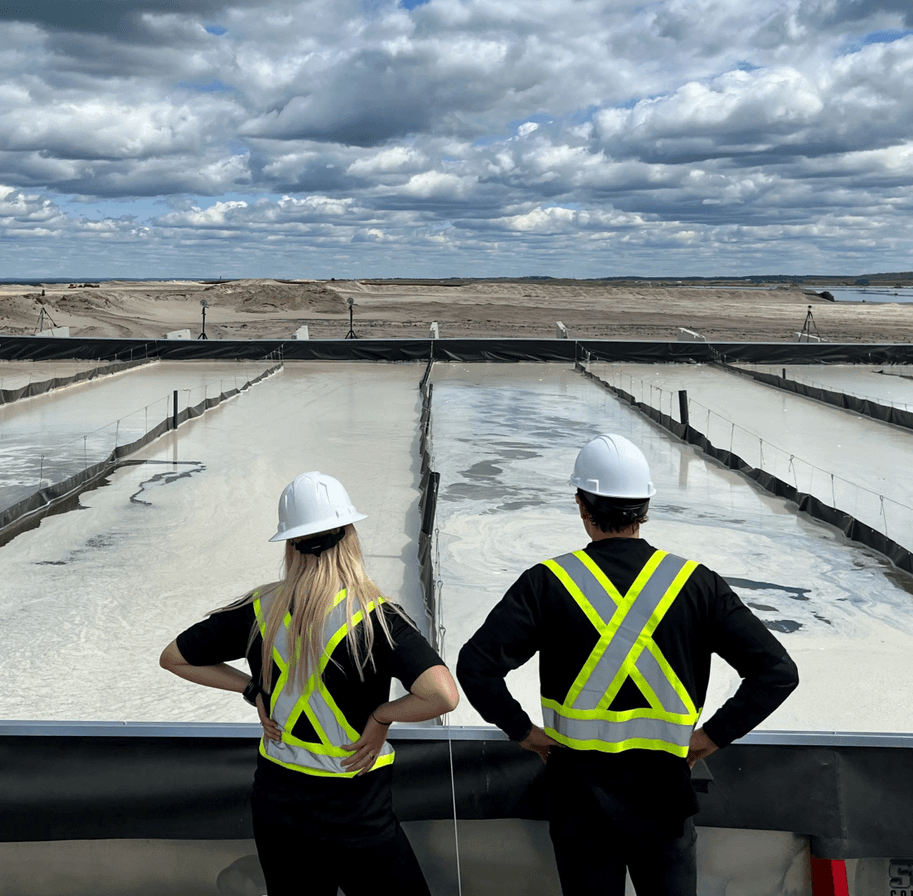Advice from a scientist: “Don’t worry too much about the destination – it’s all about the road trip”
Feb 5, 2025

If you asked an eight-year-old Lindsay Clothier to guess what job she’d have as a grown up, she could have told you it’d have something to do with science. But she probably wouldn’t have predicted the interesting journey she’s been on and the direction her career has taken her.
Lindsay is a Land Advisor with Canada’s Oil Sands Innovation Alliance (COSIA), the innovation arm of Pathways Alliance. From a young age, she was interested in biology and remembers going to the science center with her sister, and even having her own kid’s microscope.
“I was always really interested in understanding how things in the world operated, so I think that’s why I ended up studying science later in life.”
The experiences from school that were most memorable to her were the hands-on science projects, from building a chain reaction Rube Goldberg machine, to creating her own alien life form.
“My favourite thing about science is the experimentation. I’m the one who liked to be at the lab bench, thinking about the problems, the different ways to test them and what the possible answers could be. I really like the process of figuring things out and the road to get to an answer.”
When it came time to enter post-secondary, it was clear biology was the path for Lindsay, but she assumed she’d end up in medicine.
“I was one of the students who went into biology wanting to become a lab-coat scientist. A lot of people go into biology to become a doctor, a veterinarian, an optometrist. I pictured myself becoming a medical researcher.”
In the first year of her undergrad, most of the classes focused on human cellular biology, covering different diseases and how human cells worked. It wasn’t until a microbiology class that Lindsay started to reconsider her end goal. At the time, the course was taught by Dr. Peter Dunfield, whose research has an environmental microbial ecology focus.
“Dr. Dunfield taught the environmental microbiology side of things, and I started thinking to myself – this is kind of cool! When most people think of environmental sciences, they think plants and animals. I never gave much thought as to what’s going on at a cellular and microbial level until taking that course, and I soon became very interested in everything beyond what the eye can see.”
Lindsay’s interest was piqued, and she embraced this new path whole heartedly. The microbiology class ended up being her favourite, and she even went on to teach part of it once she was in grad school. By her third year, Lindsay was looking to do an undergrad research project. She found a spot in Dr. Lisa Gieg’s lab. At the time, Dr. Gieg was establishing her petroleum microbiology lab at the University of Calgary which focused on research topics including biodegradation and microbial corrosion. Lindsay’s undergraduate research project involved working with anaerobic microorganisms – organisms that can live without oxygen – in oil sands tailings ponds.
“It was an all-women research team in the beginning. It was an amazing experience getting to learn from and work with such incredible women who were working on such interesting projects. The point of my research was to determine what the bacteria were eating in this tailings pond environment without oxygen and how they were doing it.”
This research eventually led to Lindsay’s first scientific publication.
By the end of her undergrad, Lindsay was ready to join the workforce. However, things played out a little differently than she expected, once again. Dr. Gieg had another study in mind and was looking to have Lindsay on her team, this time as a grad student.
“At the time I was thinking, I don’t want to do my masters. I’m done with school, I’m ready to get a job. But little by little, they lured me in with the research project and eventually convinced me to apply for grad school.”
Lindsay’s masters work was part of a broader project, led by Dr. Gordon Chua, and was part of COSIA’s water environmental priority area. The project was focused on algae and bacteria in oil sands tailings water as well as the effects of tailings water on fish, snails, and plants. One of the objectives of the research was to determine whether the algae could break down compounds found in tailings water, effectively helping to treat the water. Lindsay grew the algae, performed DNA sequencing, and determined what bacteria was present and how it was interacting with the tailings water.
Once finishing her masters, Lindsay entered the job market, working at an aquatic toxicology lab for four years. She continued managing COSIA projects within the role. By the time her current job posting at COSIA came up, it felt like a natural fit.
“I never expected to work in oil and gas. A lot of people don’t understand how biologists – especially those with an environmental background – would want to work in this industry. But my take is that I want to be the person that’s enmeshed and making a difference. We know we’re going to disturb the environment to produce resources, but at this point we still need those resources to support modern life. The question is, how can we reclaim11 the land in the best ways possible to achieve the best outcome.”
This is a good description of the work she does with COSIA, an organization that brings together members of oil sands companies to collaborate on innovation and environmental technology. Within the land environmental priority area, Lindsay teams up with members to work on ways to mitigate the impacts of oil sands operations on land and wildlife.
“It’s fun to explore yet another facet of science in my role here. There’s a wealth of expertise amongst the members, and I love the diversity of research in this area. Everything from soils and vegetation to caribou and migratory birds.”
In March, Lindsay will have been at COSIA for four years. Looking back on her career so far, she did end up as the lab-coat scientist she’d always pictured. But there were some twists and turns along the way she hadn’t anticipated.
When asked what advice she’d give young people with an interest in science, she suggests keeping an open mind.
“Explore all possibilities. You might think you know what you want to study or the career you want to pursue, but science is a huge field. Get out and explore, the road trip towards figuring something out can be just as satisfying as the final destination.”
- The terms reclaimed and reclamation are used in reference to the activities of reclamation and don’t necessarily indicate “Permanent Reclamation” or “Certified” land status have been designated as per the Alberta Energy Regulators (AER) Specified Enactment Direction (SED) 001 and 003. ↩︎


